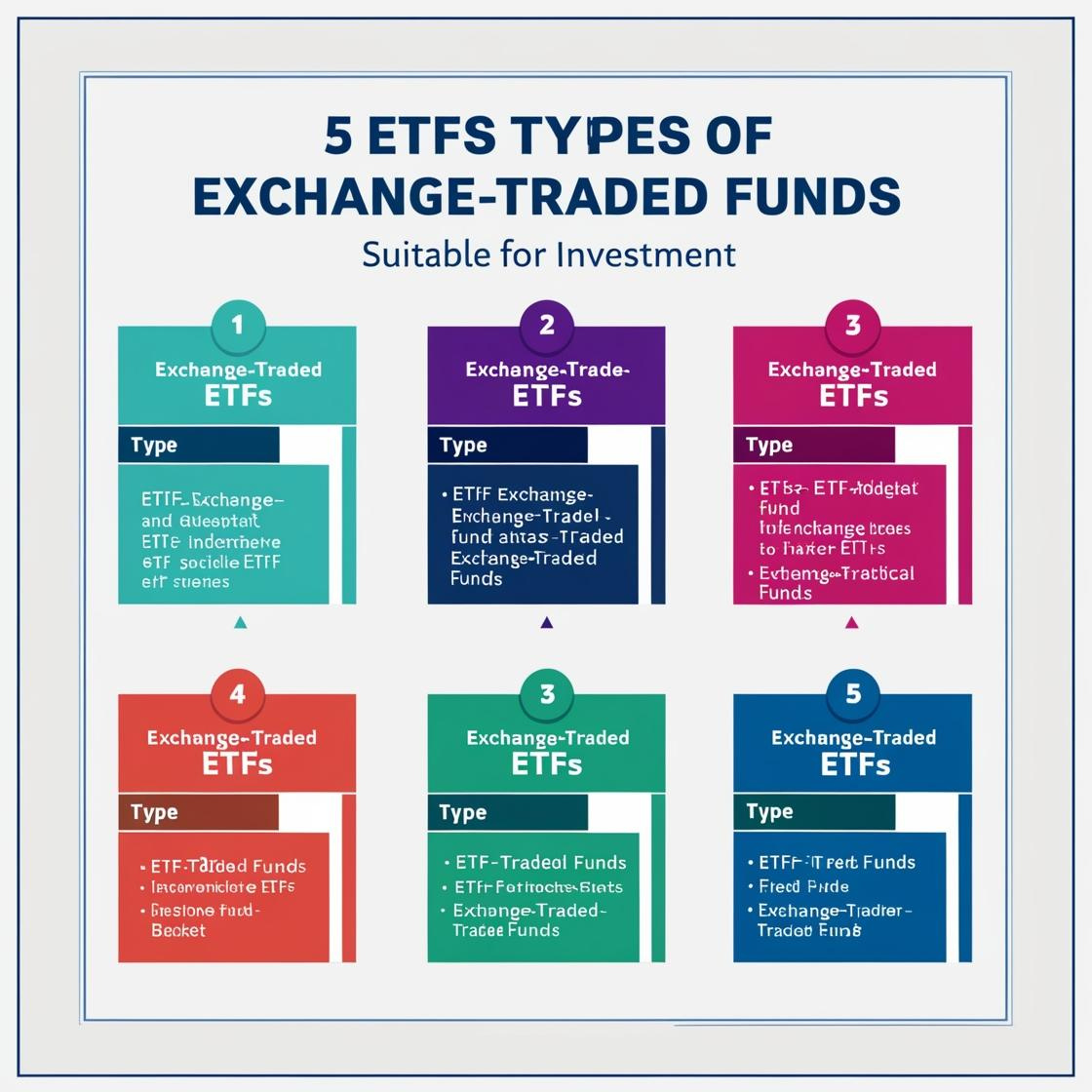
In recent years, the tenant purchase scheme (TPS) has been a popular financing option in Kenya’s real estate market. The model allows prospective homeowners to rent a property with the intention of purchasing it over time. Despite its initial appeal, developers are increasingly steering away from this model. This trend raises important questions about the viability and sustainability of TPS in the current market.
Financial Risks and Cash Flow Issues
One of the primary reasons developers are moving away from the tenant purchase scheme is the financial risk associated with it. TPS requires developers to tie up significant capital in properties that do not generate immediate returns. Unlike outright sales, where developers receive full payment upfront, TPS payments are spread over several years. This delay in cash flow can create liquidity issues, making it challenging for developers to fund new projects or manage ongoing ones effectively.
High Default Rates
Another significant concern is the high default rate among tenants. Economic instability and fluctuating incomes mean that many tenants struggle to keep up with their payments. When tenants default, developers face prolonged legal battles to repossess properties, further straining their finances and delaying potential sales. This uncertainty makes TPS a less attractive option compared to traditional sales or rental models.
Administrative Burden
Managing a tenant purchase scheme requires substantial administrative effort. Developers must handle rent collection, maintain properties, and ensure compliance with purchase agreements. These tasks require dedicated resources and can divert attention from core business activities. The administrative burden often outweighs the benefits, prompting developers to seek more straightforward and efficient sales models.
Market Dynamics
The real estate market in Kenya is evolving, with a growing preference for flexible and short-term housing solutions. The rise of co-living spaces, serviced apartments, and other innovative housing models reflects changing consumer preferences. Developers are keen to adapt to these trends and invest in projects that promise quicker returns and less risk. The TPS model, with its long-term commitment and potential for complications, does not align well with these market dynamics.
Regulatory and Legal Challenges
The tenant purchase scheme also faces regulatory and legal challenges. The lack of clear guidelines and protections for both developers and tenants can lead to disputes and legal complications. Developers are wary of these potential pitfalls and prefer models that offer clearer legal frameworks and protections. The need for regulatory reforms to make TPS more attractive and secure is evident, but until such changes are implemented, developers remain cautious.
Conclusion
The decline in the popularity of the tenant purchase scheme among developers is a multifaceted issue. Financial risks, high default rates, administrative burdens, shifting market dynamics, and regulatory challenges all contribute to this trend. While TPS offers an innovative path to homeownership, it requires significant improvements and support to become a viable option for developers. As the real estate market continues to evolve, developers will likely explore other models that offer greater stability, quicker returns, and align better with market demands.
For more updates on real estate trends and insights, stay tuned to our website.
Source: The Standard
Discover more from MaertinK Wealth Hub
Subscribe to get the latest posts sent to your email.








